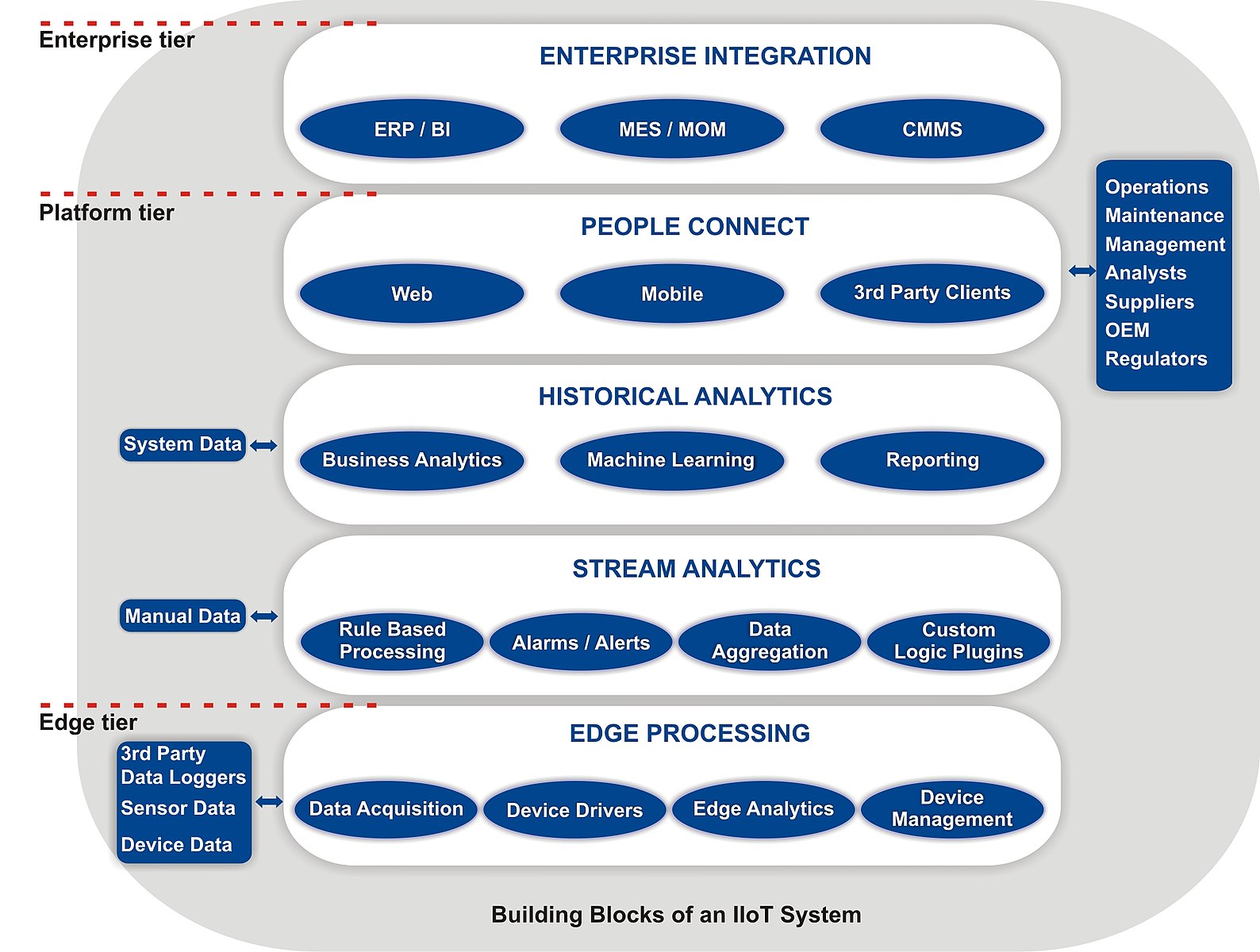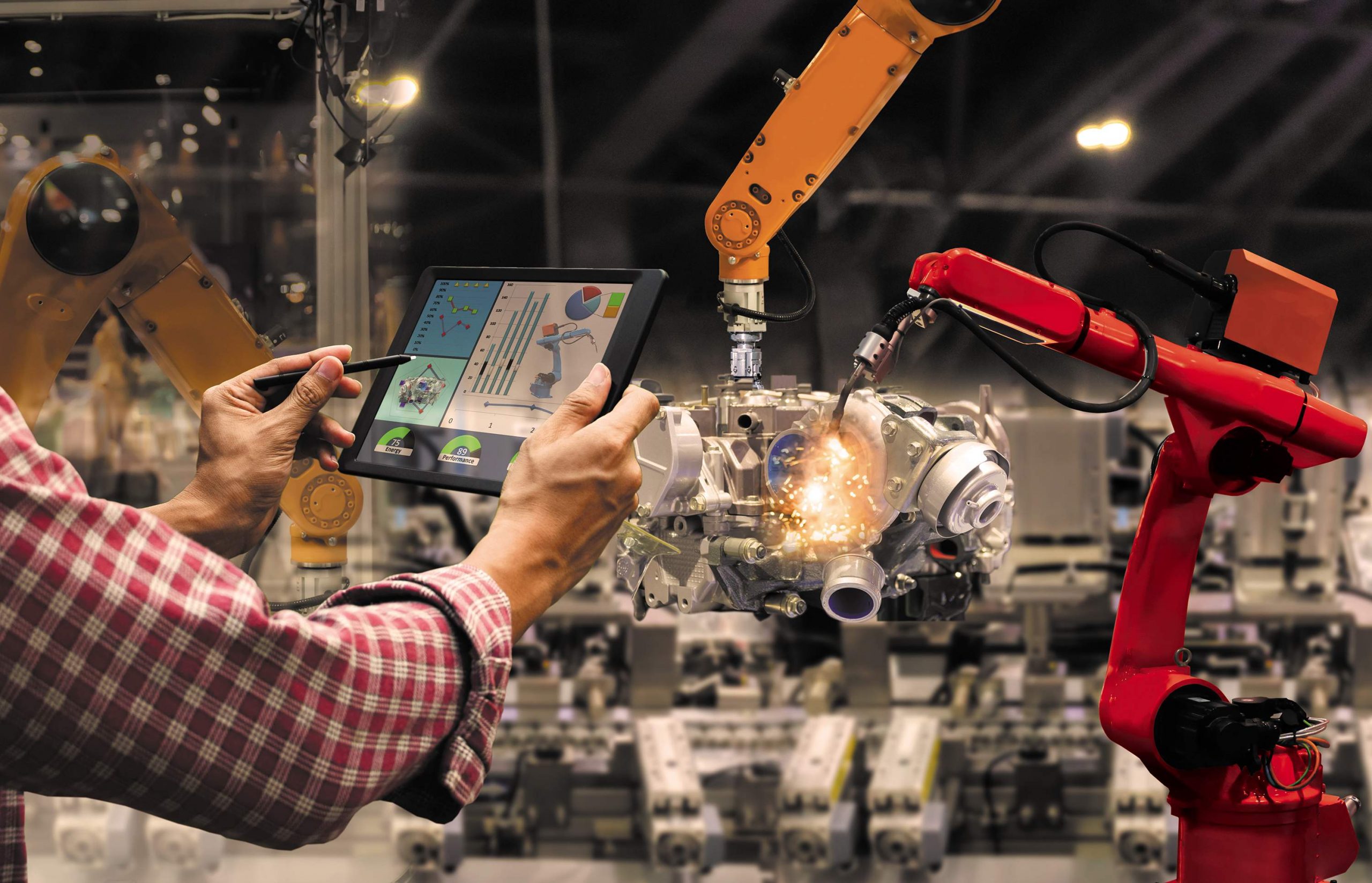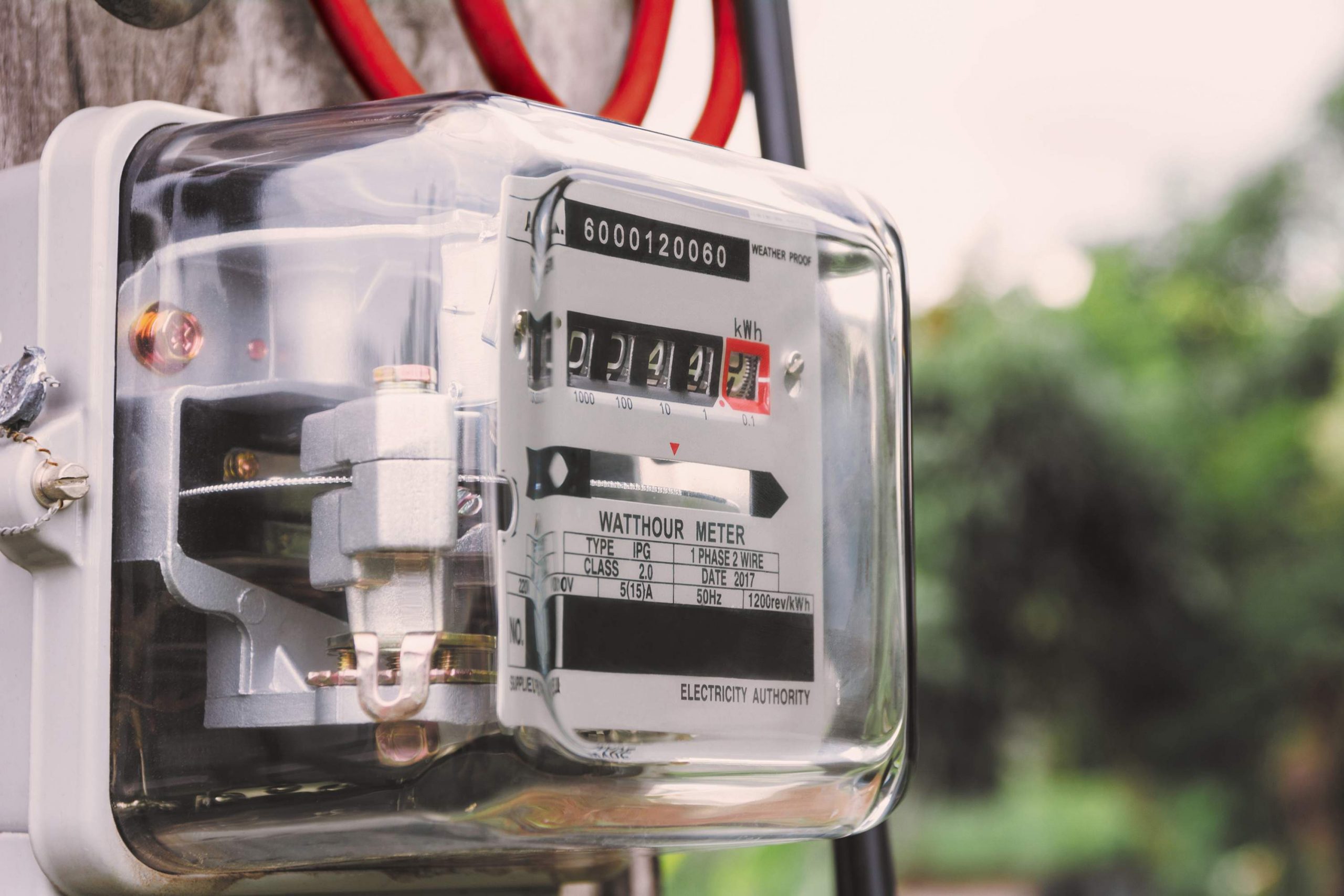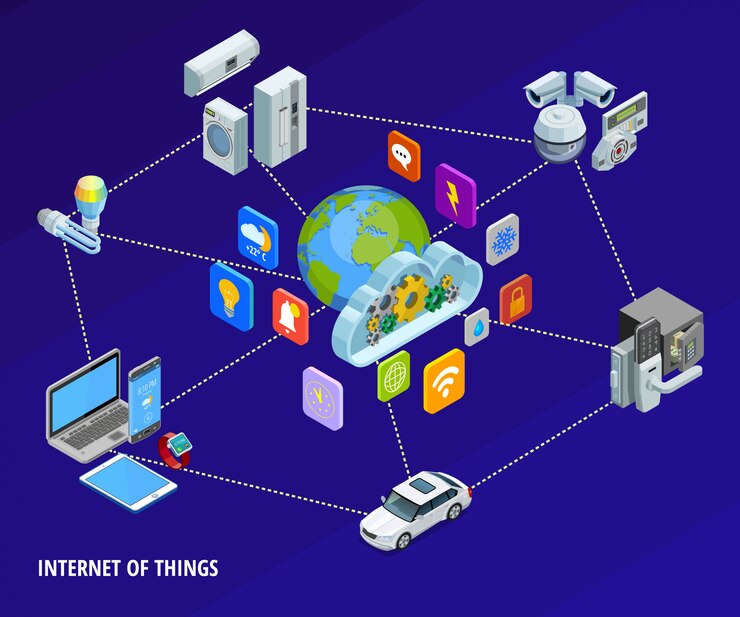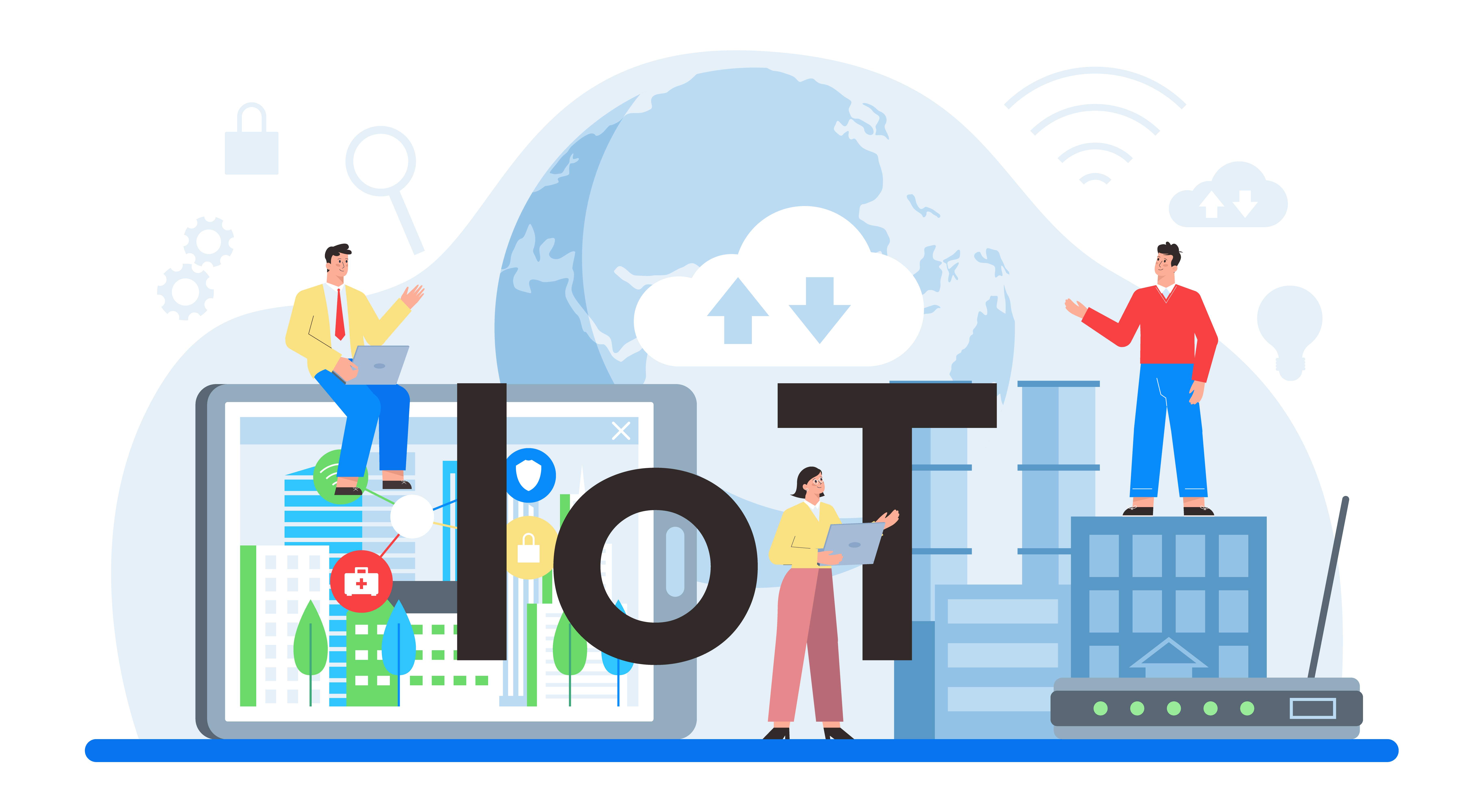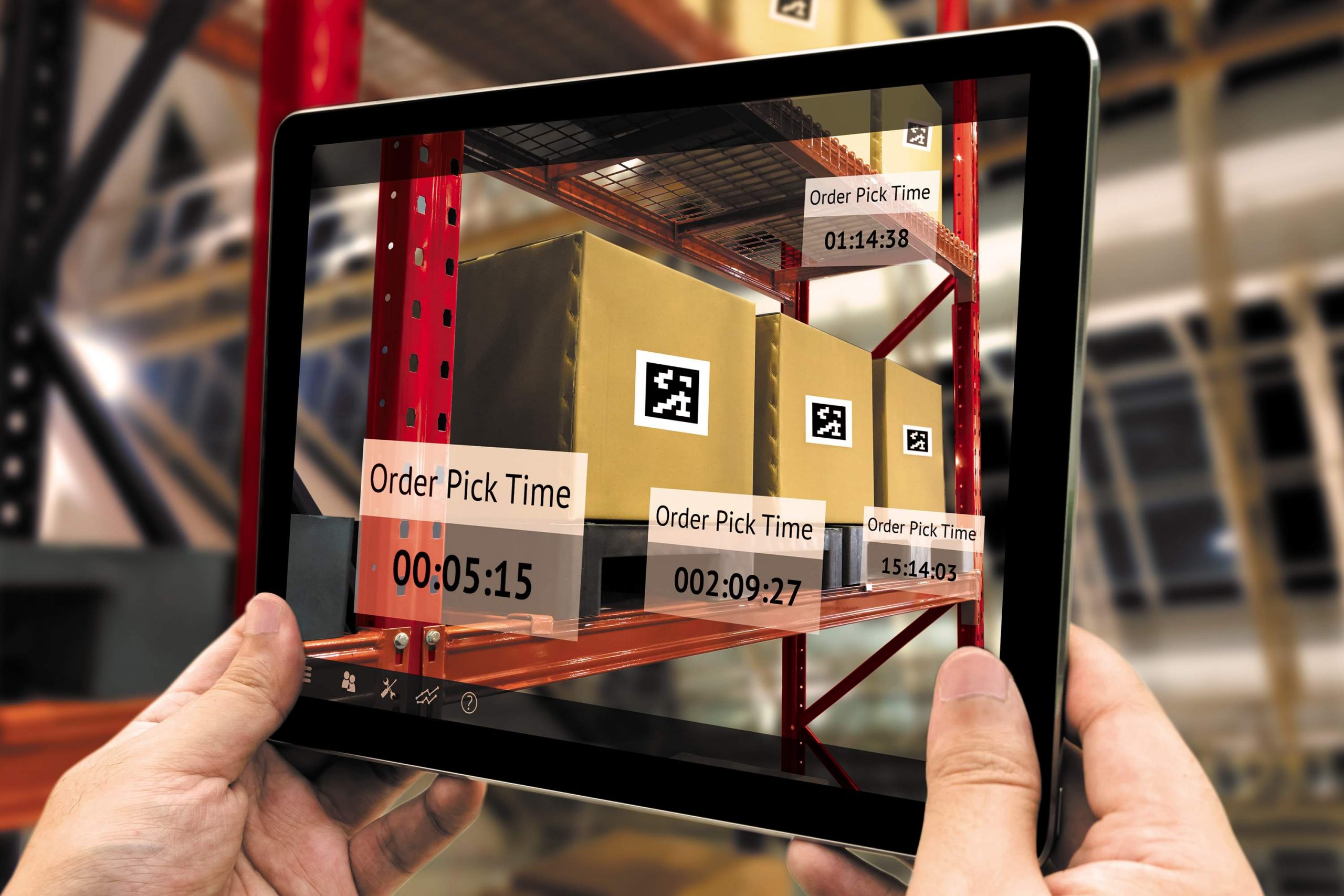Exploring Logical and Physical Design of IoT in 2024
-
February 17, 2022
-
6 min read
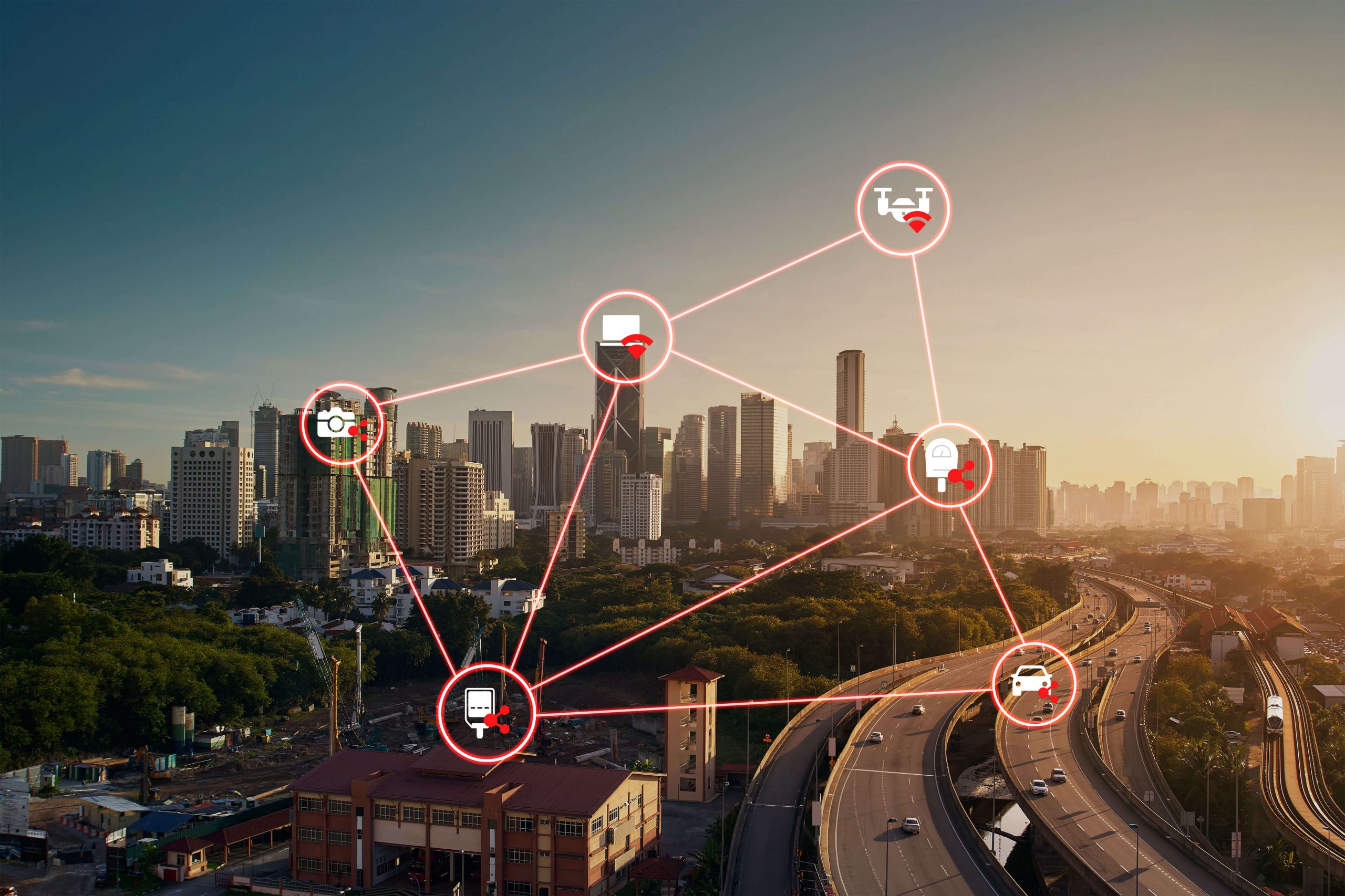
The Internet of Things (IoT) has exploded in popularity. Businesses worldwide are leveraging this transformative technology to enhance their operations.
Today, several sectors are reaping the benefits of IoT:
- In manufacturing, IoT sensors monitor production lines, track inventory, and ensure quality control.
- In healthcare, IoT devices monitor patients’ vital signs, track medication, and provide remote care.
- In transportation, IoT sensors monitor traffic conditions, track vehicles and assets, and opftimise transportation routes.
- In energy, IoT devices monitor and control consumption, improve grid efficiency, and reduce emissions.
- In construction, IoT sensors monitor construction sites, track progress, and ensure safety.
As the IoT landscape evolves, it becomes crucial for companies to figure out the best way to integrate IoT into their workflows. To begin with, it is important to understand logical design and physical design, and the differences between them, for the best results.
Logical Design: Crafting the Blueprint for Connectivity
The logical design of IoT can be seen as a top-level view of functionality. It is about representing the way the system works, and not the nitty-gritty technical details.
In this way, the logical design provides a conceptual framework for how IoT devices communicate and transmit information. At this stage, it is not important to spell out specific technologies or products.
Think of it as the big picture – a roadmap for the IoT ecosystem and an overview of possibilities.
One distinction between logical design and physical design is that logical design is more conceptual. It focuses on understanding the logical relationships between objects and devices. It shows how devices should work together in a generalised way. The detailed implementation is dealt with in the physical design phase.
Physical Design: Constructing the IoT Ecosystem
The physical IoT design transforms the logical framework into a functional IoT ecosystem. In this phase, the system should be tailored to meet the users’ specific needs.
Physical design deals with the actual implementation of devices and infrastructure. It is about figuring out the best methods of storing, accessing, and managing the data generated by IoT devices.
Physical design encompasses the individual nodes and the protocols used for creating an enterprise’s IoT ecosystem. With the right nodes, devices can perform tasks like sensing, actuating, monitoring, and data transmission. These tasks operate through wired or wireless connections.
The physical design links devices that are essential for:
- Creating connections
- Processing and storing data
- Offering interfaces
- Facilitating graphical interfaces
Data generated by these devices is the essential facet of IoT systems. For example: a moisture sensor collects moisture data. The system analyses the data to yield actionable insights, such as when to irrigate crops or monitor the soil’s health.
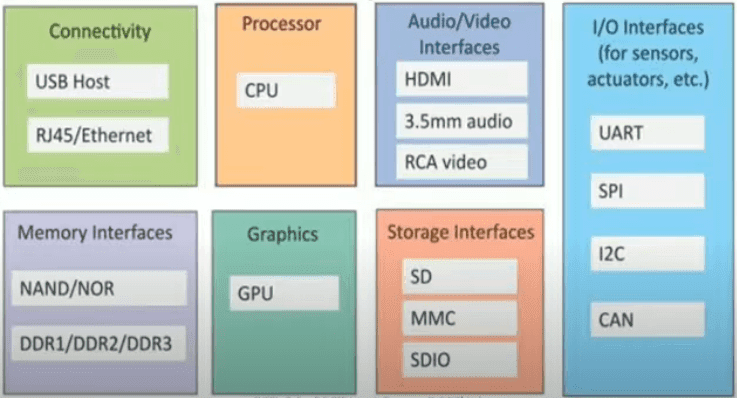
Generic Block Diagram of an IoT Device
“Things” in IoT: The Heart of the System
IoT devices are often referred to as Things. These are the central components of IoT applications.
Some examples of these devices are smartwatches, smart appliances, automobiles, wearable sensors, and industrial machinery. They are fitted with monitoring and remote sensing capabilities. They generate data when in operation.
This data is a resource that can be analysed and acted upon to improve operations, enhance efficiency, and deliver real-world insights. Businesses can make informed decisions, optimize processes, and even offer new services by processing the data collected by IoT devices.
Logical Design: Navigating the Framework
The logical design of an organisation’s IoT system deals with how components such as computers and sensors should be arranged to perform specific functions. It focuses on high-level structures and functionality, without delving into the specifics of each component.
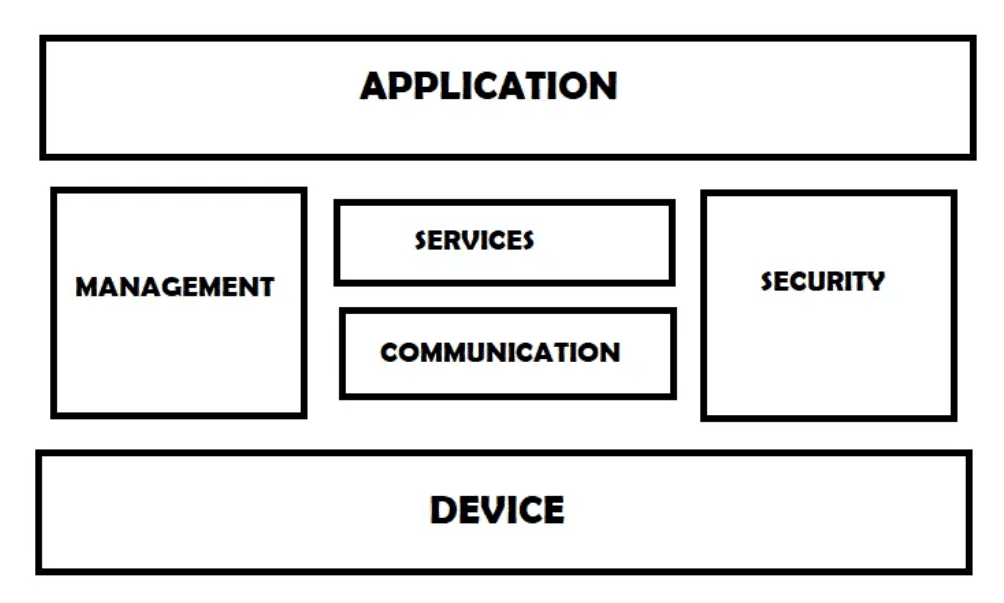
IoT functional blocks Diagram
The key components of the logical design include:
- IoT Functional Blocks: An enterprise’s IoT systems comprise distinct functional blocks. These can be divided into devices and communication, along with security, services, and applications. These functional blocks are responsible for providing capabilities such as sensing, identification, actuation, management, and communication.
- IoT Communication Models: IoT systems employ a variety of communication models, each with its distinct characteristics. These models include models such as request-response, push-pull, publish-subscribe, and exclusive pairs. They define how information is exchanged within the IoT ecosystem.
- IoT Communication APIs: Application Programming Interfaces (APIs) play a pivotal role in facilitating communication via the server and the IoT system. Some examples of these APIs include client-server models, stateless communication, and cacheable interfaces, each offering unique functionalities.
- IoT Protocols: IoT protocols serve as the guiding principles for data exchange between devices within a network. They enable interoperability across designs and operations. They facilitate the transmission of commands as well as data across different network layers.
Difference Between Physical and Logical Design of IoT
| Physical Design | Logical Design |
| Physical design is highly detailed. | Logical design is a high-level design and doesn’t provide any detail. |
| Physical design is more graphical than textual; however, it can comprise both. | Logical design can be textual, graphic, or both. |
| A physical design focuses on specific solutions explaining how they are assembled or configured. | A logical design focuses on satisfying the design factors, including risks, requirements, constraints, and assumptions. |
IoT Protocols: Enabling Seamless Data Exchange
IoT protocols are the backbone of IoT systems. They ensure the seamless exchange of data between interconnected devices. These protocols are formulated at the application level. They are crucial for enabling interoperability across diverse IoT devices.
IoT protocols can be categorised into different layers:
- Application Layer Protocols: These protocols determine how network data is transmitted. The protocols include HTTP, XMPP, WebSocket, DDS, MQTT, and AMQP.
- Transport Layer Protocols: These protocols govern data flow control and error handling. They ensure the secure transfer of data. Protocols like TCP/IP play a pivotal role in this layer.
- Network Layer: The network layer is responsible for routing data from the source to the destination network. It uses protocols such as IPv4 and IPv6 for identification.
- Link Layer: The link-layer protocol governs data transmission across the physical layer. It dictates how devices signal and code packets.
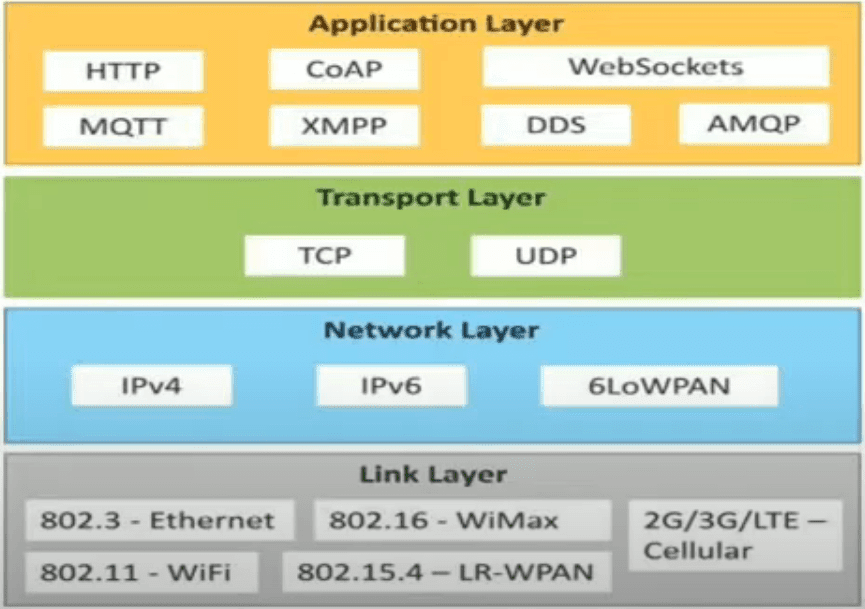
IoT Protocols Diagram
In Conclusion
Understanding IoT’s logical and physical is crucial for businesses looking to harness the power of IoT technology. The logical design provides the conceptual framework for connectivity and functionality. And the physical design brings it to life through the implementation of devices and infrastructure.
IoT’s logical design and physical design, together with robust protocols and communication models, form the foundation of a successful IoT ecosystem. As IoT continues to evolve, staying updated on these concepts is essential for unlocking its full potential. Explore Airtel IoT to discover how IoT can transform your business operations and drive innovation in 2023 and beyond.
 Share
Share


